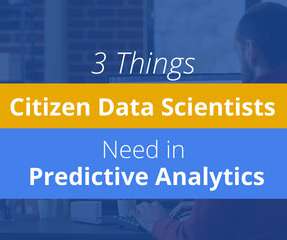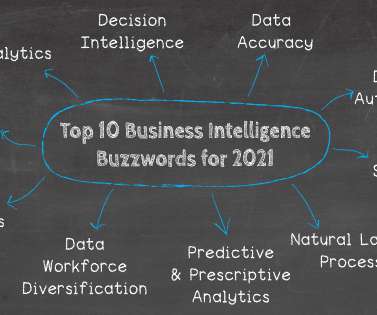What is data analytics? Analyzing and managing data for decisions
CIO Business Intelligence
JUNE 7, 2022
Data analytics draws from a range of disciplines — including computer programming, mathematics, and statistics — to perform analysis on data in an effort to describe, predict, and improve performance. What are the four types of data analytics? It is frequently used for risk analysis.

























Let's personalize your content